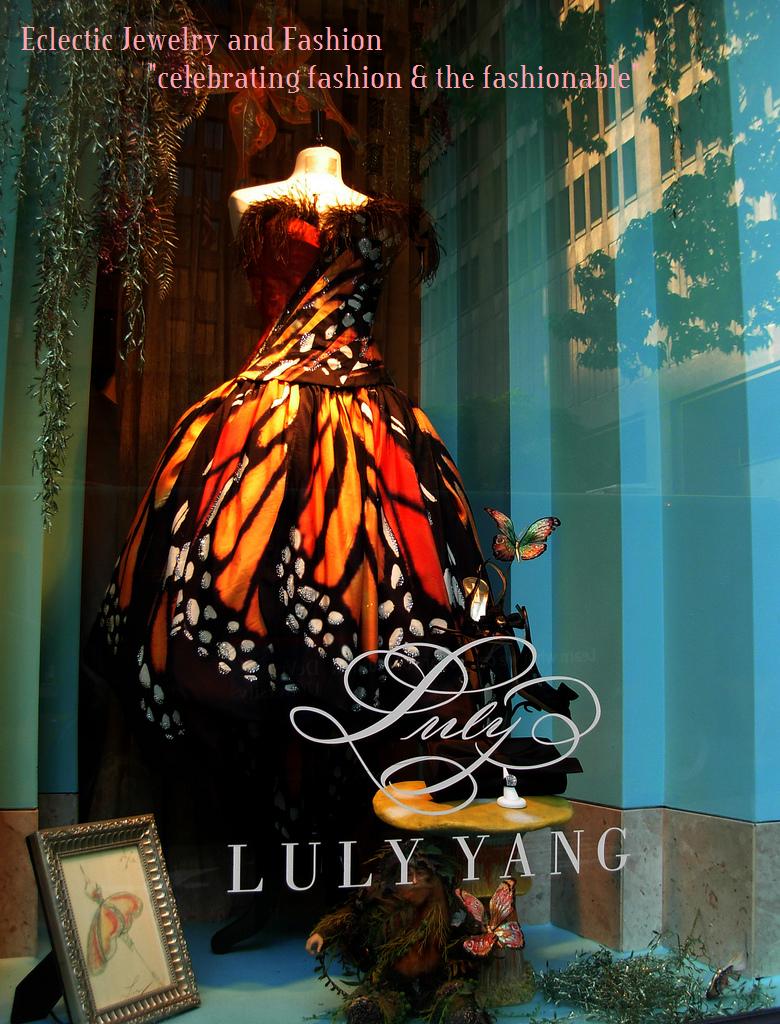 |
| Terri Agins |
A celebrity-turned-fashion designer used to be sort of a joke. Until it wasn’t. From Jessica Simpson to The Row’s Mary-Kate and Ashley Olsen, some of the most successful fashion brands in the world right now are run by entertainers.
Business reporter Teri Agins, who developed the fashion beat at the Wall Street Journal and has been covering the industry for a quarter of a century, spent the last two years determining which of these celebrities passed muster (Simpson, for one), which ones were a disaster (hint: Kanye’s runway debut in Paris), and why celebs have been able to so deftly steal the sartorial spotlight from fashion’s trained elite. Her new book, Hijacking the Runway, documents the best, worst, and most surprising moments of this new era, from the failed lines of Real Housewives to the impressive rise of socialite-cum-designer Tory Burch. Agins’ clear-headed approach to covering fashion—she likes it, but she’s not swept up by it—makes for an entertaining follow up to her 1999 debut, The End of Fashion: How Marketing Changed the Clothing Business Forever.
You covered a lot of ground here, from Donald Trump’s über-successful suit collection to former The Real Housewives of Beverly Hills’ star Adrienne Maloof’s short-lived line of shoes. Who surprised you the most, whether in terms of failure or success?
I’d have to say Jessica Simpson, because I was there at the beginning in 2005 when she did the jeans line. I wrote a page one story [for the Wall Street Journal]. I thought it was going to be a little brand that would appeal to teens, have its 15 minutes and then it would be gone. Then, when [Simpson and her first partner, Tarrant Apparel Group] fell out and she had to start over with [shoemaker] Vince Camuto, I thought, “Oh, this is going to be a heavy lift.” But it has really transcended. It’s no longer just a celebrity brand, it’s a brand. A lot of kids who buy those shoes were probably toddlers when Newlyweds first aired in 2003. A lot of teenagers who are wearing those shoes have no idea about the show. I was also surprised how the Kardashian brand at Sears, which started out with so much promise, just kind of descended into really shoddy merchandise. Apparently it’s still selling. Sears itself is a retailer that’s not that strong, so it’s kind of not surprising. But I remember seeing those clothes at the beginning, and I thought that they looked really, really cute. The Row was always on the right track. Same thing with Victoria Beckham.
In The End of Fashion, there was a chapter called, “What Becomes a Legend Most? When Giorgio Armani Takes Hollywood.” I was explaining to people the whole red carpet phenomenon. I had no idea that the tables were going to turn and that these celebrities were actually going to come up with clothes. At that time, the only celebrity fragrance out there was Elizabeth Taylor’s. Jennifer Lopez didn’t come out with her [first] fragrance until 2002. I had no idea that Glow, and the 18 or so fragrances that followed under her name, was going to become such a big phenomenon. But it was clear to me that celebrities were going to make a dent when I did the Jessica Simpson story for the Journal in 2005, and when Donald Trump made a big splash at Macy’s in 2004. Those two phenomenons, plus Sean Combs—who won the CFDA Menswear Designer of the Year award in 2004 for his Sean John line—convinced me. Though I didn’t realize that it was going to be this, you know, tsunami of celebrities all running to fragrances, fashion brands, whatever they could.
In the book, you reveal a lot of juicy, never-reported details on Kanye West’s ill-fated line, which showed at Paris Fashion Week in 2011.
That’s my plunging neckline.
The people who have succeeded—Victoria Beckham and the Olsen girls—they have done so because that is their one and only job. They don’t phone it in. The Olsen girls were child actresses who grew up to become fashion designers. Victoria Beckham says, ‘I’m a wife, a mother of four children, and I’m a fashion designer.’ And that’s what she does. When people are really successful the way Kanye has been in music, they are expecting and hoping their notoriety and fame will just translate across a lot of products. He is not a lazy guy, he is a worker. But this fashion animal is a hard one to tame, and it’s one that requires a whole lot of dedication. Yes, celebrities can immediately pole vault ahead of everybody else. People will buy [their products] once. If the clothes continue to deliver, they’ll buy them again. But you can’t base a fashion business on just fans. Clothes have to make you look good, they have to make you look sexy, they have to fit, they have to be in the right price range. They have to look different from what’s already out there. Clothes have to deliver a whole lot. This is the very proposition that every serious creative designer struggles with day in and day out. And that’s not any different for Kanye. If he really wants this, then he’s going to have to really hunker down and take a different viewpoint. Or he can parachute in and do these capsule collections [like his collaborations with A.P.C.], which I think have been successful for him and so many others.
Tory Burch, there it is. I said it in the book. She’s in the perfect position—she’s got a product that people buy. She’s got a cool persona. She skews across a broad demographic, and she’s got a really good website. So my prediction, I will prognosticate that Tory Burch is going to be the next big deal. She already is, but I think even bigger. I think she’s going to be the next big public fashion company.


No comments:
Post a Comment